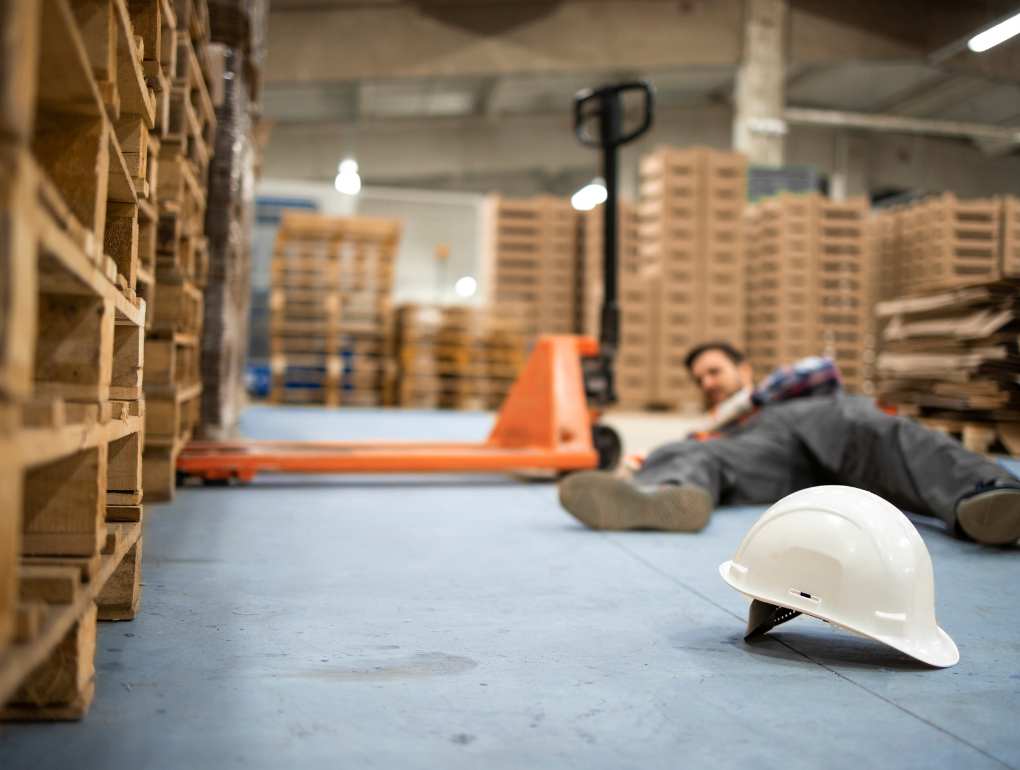According to OSHA, there are over 12 fatal injuries a day that occur in warehouses[i]. It has become alarmingly common in our industry to yield to the pressures of getting the best bang for our buck by saving time and taking short cuts rather than guaranteeing quality and safety.
That ROI someone worked so hard to secure doesn’t mean much anymore when someone gets hurt, or even worse, a life is lost.
It’s time to take responsibility. Doing the job the right way the first time protects everyone involved — the safety of the employees working in warehouses, as well as the stability of the companies that employ them, and us–the integrators and distributors. [ii]
Read on for three tips for improving warehouse safety.
1. Invest in the Right Safety Equipment
You wouldn’t want your child to rollerblade without a helmet, so you shouldn’t feel complacent seeing your workers in the warehouse without the applicable safety gear. Workers in the warehouse should use gear like safety glasses, gloves, and hardhats, depending on what’s necessary for their workspace.
2. Use Appropriate Signage
Placing signage at warehouse entrances, locker rooms, and bathrooms to remind workers to wear their safety gear; these signs can warn them of potential hazards. Not only is signage important for safety gear, but also dangerous equipment, hazardous material, and even temporary hazards, such as wet floors. Placing painted stripes or tape on the floor can also signal workers to be aware of dangerous surroundings.
Posting your warehouse rules throughout your facility won’t only give you peace of mind but also keep you OSHA compliant. Be sure to check OSHA signage requirements to be up to code in your warehouse.
3. Provide Safety Training on Warehouse Safety
All employees need to be trained on warehouse safety and how to reduce those risks. They should be familiar with the type of equipment that is necessary for environments, signage, and processes for when an accident occurs. Employees should especially be trained to use the machinery and equipment they need to complete the job.
Workers should be encouraged to communicate. Alert their co-workers when driving machinery or moving large items. Doing so will alert workers to steer clear and make them more aware of the hazardous situation around them.
Promote safety culture by making an effort to engage with and check on your co-workers throughout the day. This will show them you care about their safety and well-being. In turn, they will care more about workplace safety.
[i] OSHA: Worker Fatalities Reported to Federal and State OSHA
[ii] Advanced Handling Systems: Storage Systems Liability



